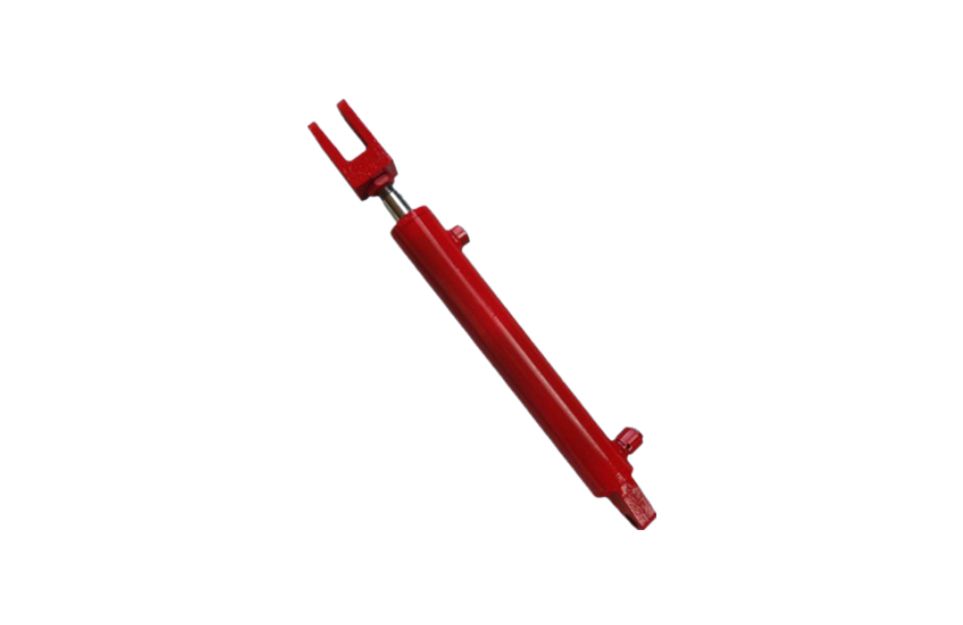Hydraulic Welded Cylinder
A hydraulic welded cylinder, often referred to as a hydraulic welded actuator or hydraulic welded cylinder assembly, is a type of hydraulic cylinder that is constructed through welding various components together. These cylinders are commonly used in applications where a rugged and compact design is required.

Here are key features and considerations regarding hydraulic welded cylinders:
Construction through Welding:
Hydraulic welded cylinders are built by welding together various components, including the cylinder barrel, end caps, and mounts. This construction method contributes to their durability and allows for a more compact design.
Welded Cylinder Design:
The design of hydraulic welded cylinders typically involves a cylindrical barrel, piston, piston rod, end caps, and seals. The barrel is welded to the end caps, creating a sealed chamber where the piston and piston rod move to generate linear force.
Compact and Space-Efficient:
The welded construction allows for a more compact design, making hydraulic welded cylinders suitable for applications with limited space or where a streamlined design is desired.
Rugged and Durable:
Hydraulic welded cylinders are known for their robust construction. The welded joints provide strength and durability, making them suitable for heavy-duty applications and environments with high loads and pressures.
Load Capacity:
These cylinders are available in various load capacities, depending on factors such as the size of the cylinder, the thickness of the barrel, and the materials used in construction.
Material Selection:
Materials such as steel or alloys are commonly used in the construction of hydraulic welded cylinders. The material selection is based on the required strength, durability, and resistance to wear.
Mounting Configurations:
Hydraulic welded cylinders can be designed with different mounting options to accommodate the specific needs of the application. Common mounting configurations include clevis mounts, trunnion mounts, and other customized options.
Sealing Technology:
High-quality sealing technology is essential to prevent hydraulic fluid leakage and ensure the proper functioning of the cylinder. Seals are chosen based on their compatibility with hydraulic fluids and durability.
Stroke Length:
The stroke length of hydraulic welded cylinders is the maximum distance the piston can travel within the cylinder. The stroke length is determined by the design and construction of the cylinder.
Pressure Rating:
Hydraulic welded cylinders are designed to operate within specific pressure ranges. The pressure rating is influenced by factors such as the thickness of the cylinder walls and the material strength.
Customization:
Manufacturers often provide customization options for hydraulic welded cylinders, allowing customers to specify features such as stroke length, mounting configurations, and other design parameters.
Applications:
Hydraulic welded cylinders find applications in various industries, including agriculture, construction, material handling, and other heavy-duty applications where reliable linear force is required.
Maintenance:
Regular maintenance, including checking for leaks, inspecting seals, and ensuring proper lubrication, is important for the longevity and performance of hydraulic welded cylinders.
Why Choose Hydraulic Welded Cylinder?
Hydraulic welded cylinders are popular in situations where a durable and space-efficient hydraulic actuator is needed. Their rugged construction and ability to handle high loads make them suitable for demanding applications across different industries.
